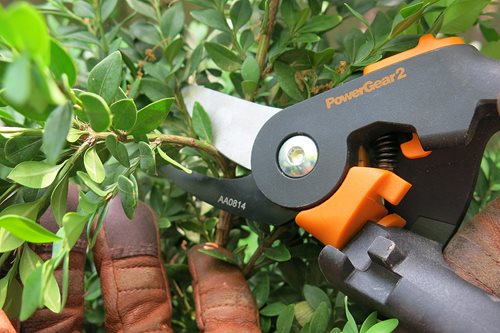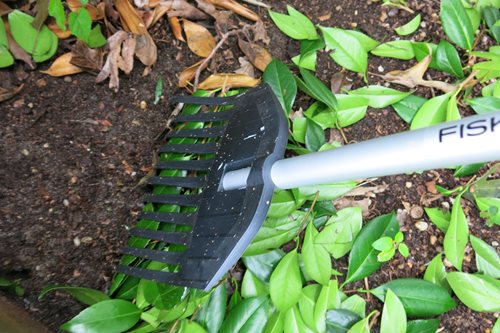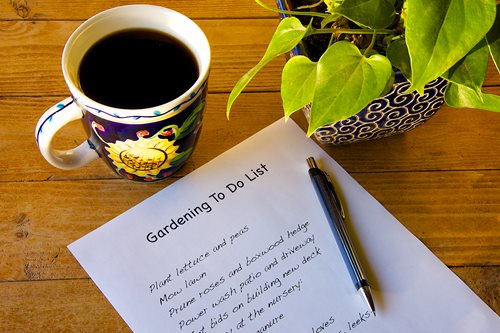By Janet Loughrey, Garden Writer & Photographer
After an interminably long, cold winter, gardeners are anxious to be outside and get their hands in the dirt. As memories of harsh winter storms fade in the warmer days of spring, it’s time to think about waking up the garden for the new growing season. With so much to get done, it’s easy to feel overwhelmed on where to begin. By planning ahead and getting yourself organized, spring chores can be a snap. Here are some tips to get you started:
Seed starting
Start seeds of vegetables and annuals indoors 6-8 weeks before you plan to set them out. Make a planting schedule so that seedlings are mature at the optimal time for your region. Once soil temperature reaches 40 degrees F, crops such as greens, radishes and peas can be directly sown. Wait until soil temperature warms to 50 degrees F to plant cabbage, onions and Swiss chard. Summer vegetables can be sown in late spring.
Prune shrubs and vines
Now is the time to prune roses, (some) shrubs and perennial vines. Remove dead branches and shape plants once new growth appears. Research proper pruning techniques and timing for each variety, and hold off on pruning spring bloomers until after they flower.
Prepare ornamental beds
Start with areas where spring blooming bulbs are peeking out of the ground to spiff up early color displays. Rake out surface debris and cut back perennials and ornamental grasses before new growth appears. Top dress with several inches of homemade compost or well-seasoned manure, which will add slow-release nutrients, suppress weeds and conserve water during warm summer months.
Edible planting
Remove surface debris such as leaves or mulch from vegetable beds to help warm the soil. To avoid compaction, wait until soil has dried out sufficiently before tilling. If soil crumbles when you try to make a ball, then it’s time to work the beds. Add amendments such as aged compost, manure and trace minerals before planting early crops of lettuce, radishes, kale, peas and onions. Protect young plants from late frosts with a cloche or cold frame.
Add color
Place early season annuals such as pansies and ranunculus around bulbs or in containers for an extra splash of color. Now is the time to plant summer bulbs including lilies and dahlias. Once all danger of frost is past, it’s safe to plant warm-season annuals such as petunias and marigolds. Set out starts of cosmos and sunflowers.
Plan ahead
Make a “to do” list of projects to tackle, such as building a pathway or wall, staining the deck, or installing a new water feature. Prioritize projects by setting up a time schedule and make realistic goals to get things checked off your list.
Clean and prep
If you didn’t do so last fall, scrape excess dirt off tools, wash in soapy water and allow to dry thoroughly. Coat metal parts with oil to prevent rust, and sharpen pruners and loppers. Power wash decks and patios, then wipe down stored patio furniture and set it outside for the season. Scrub out empty containers and fill with fresh potting soil in preparation for planting.
Rejuvenate water features
Remove dirt and debris from water features and clean or replace filters. Turn on pumps and make sure water is circulating properly. For natural water gardens such as ponds or bogs, add beneficial plants or apply other algae control methods to maintain a healthy ecosystem.
Wildlife friendly
Birds and other wildlife help control pests, balance the ecosystem and add ambience. Install nesting boxes with the proper dimensions and in the right spot to attract particular birds. Provide a consistent, clean water source. Plant natives that offer food sources of nectar, seeds and berries, and make sure there are trees and hedging for nesting habitat and shelter.



